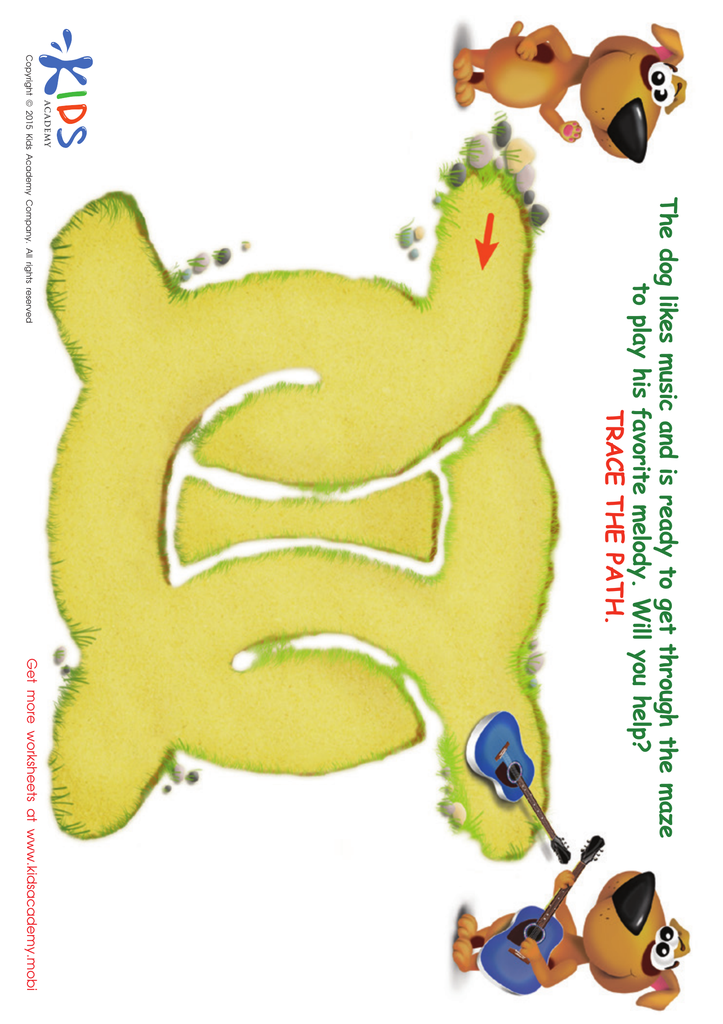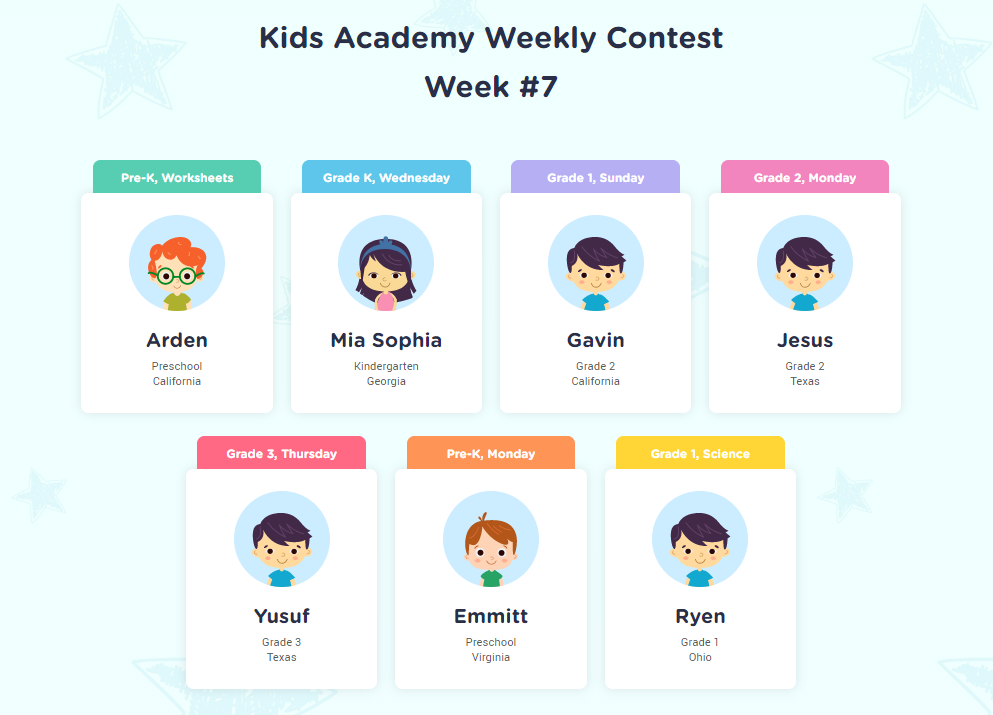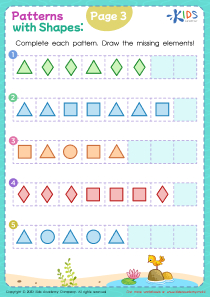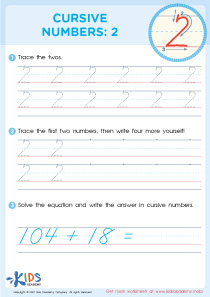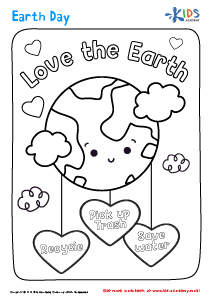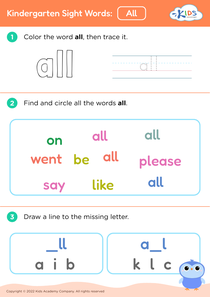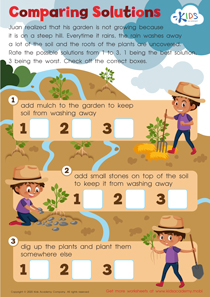Mazes worksheets activities for Ages 3-8 - Page 3
84 filtered results
-
From - To
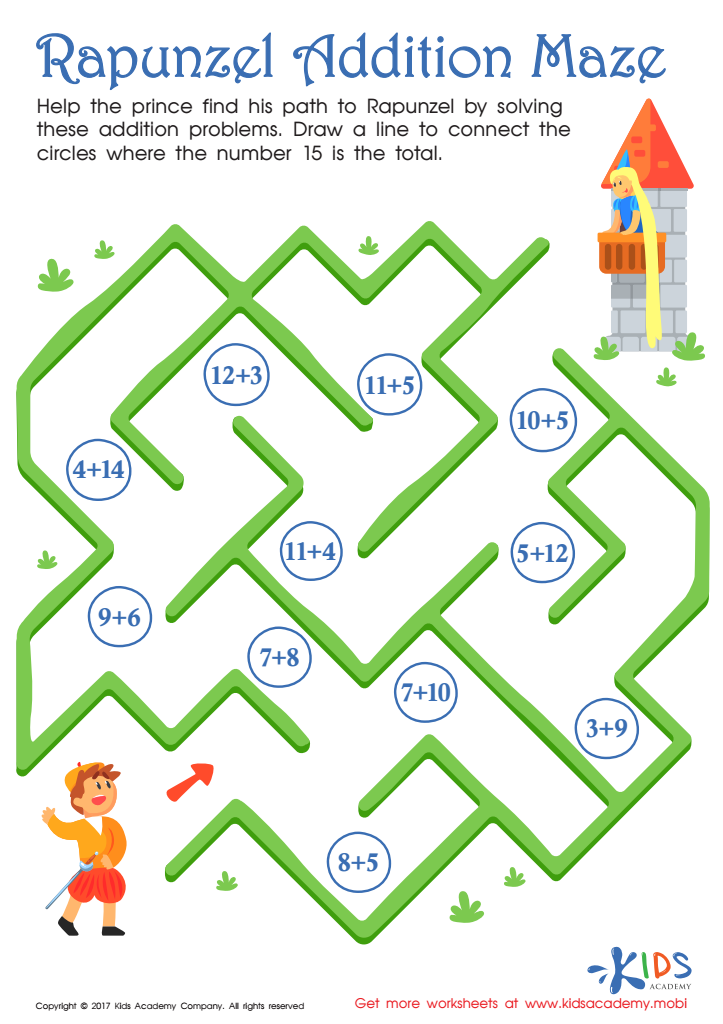

Rapunzel Addition Maze Worksheet
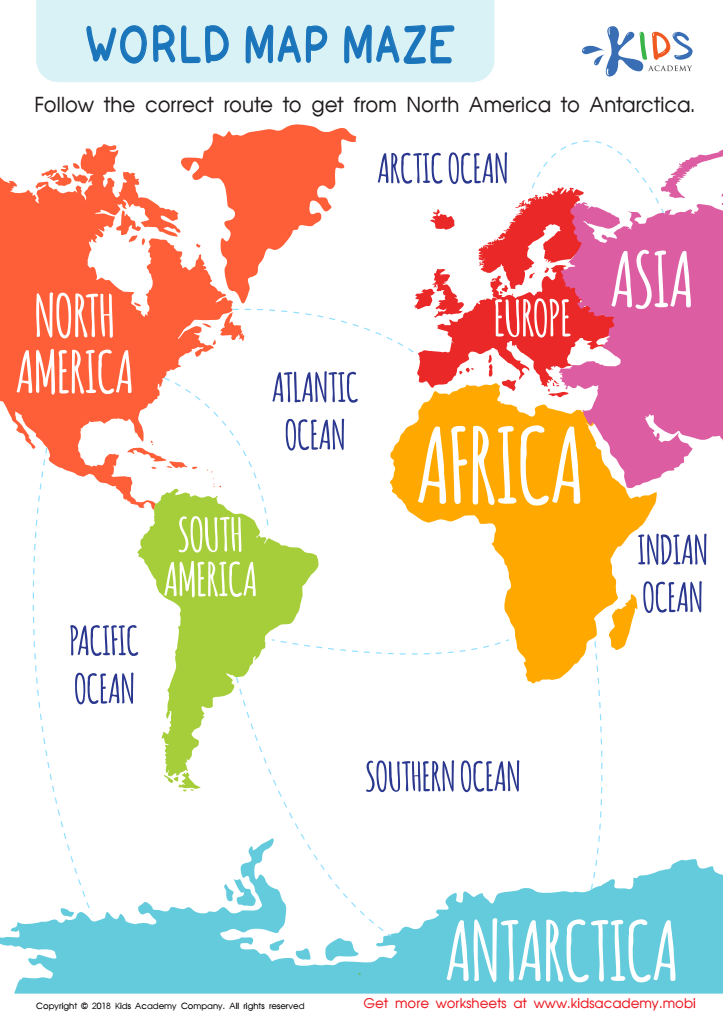

World Map Maze Worksheet
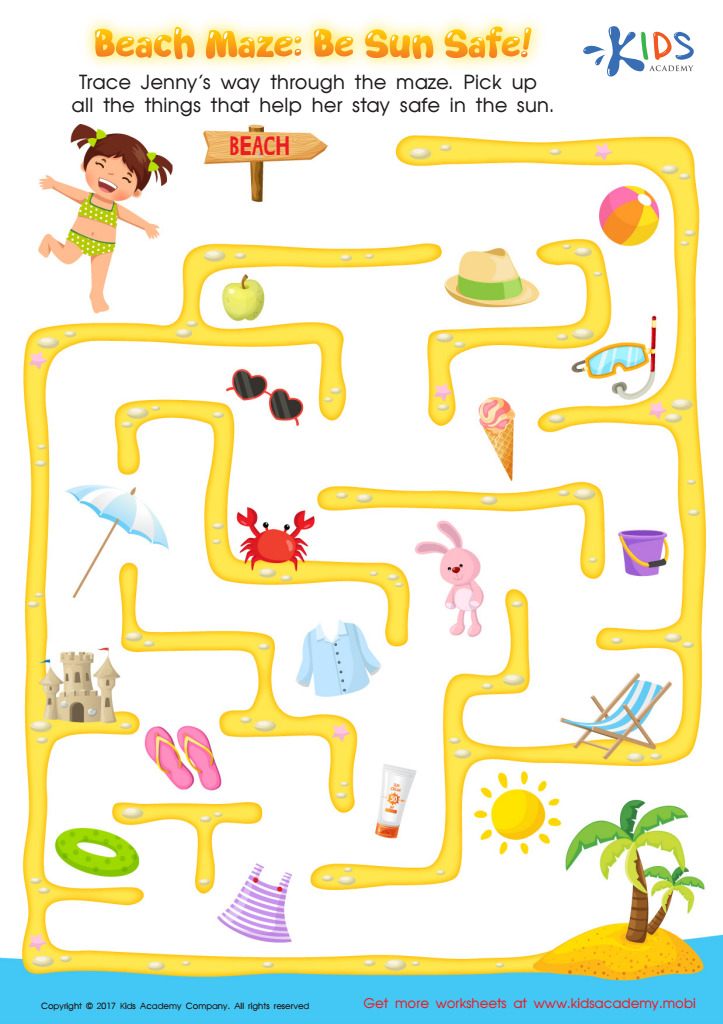

Beach Maze: Sun Safe Worksheet
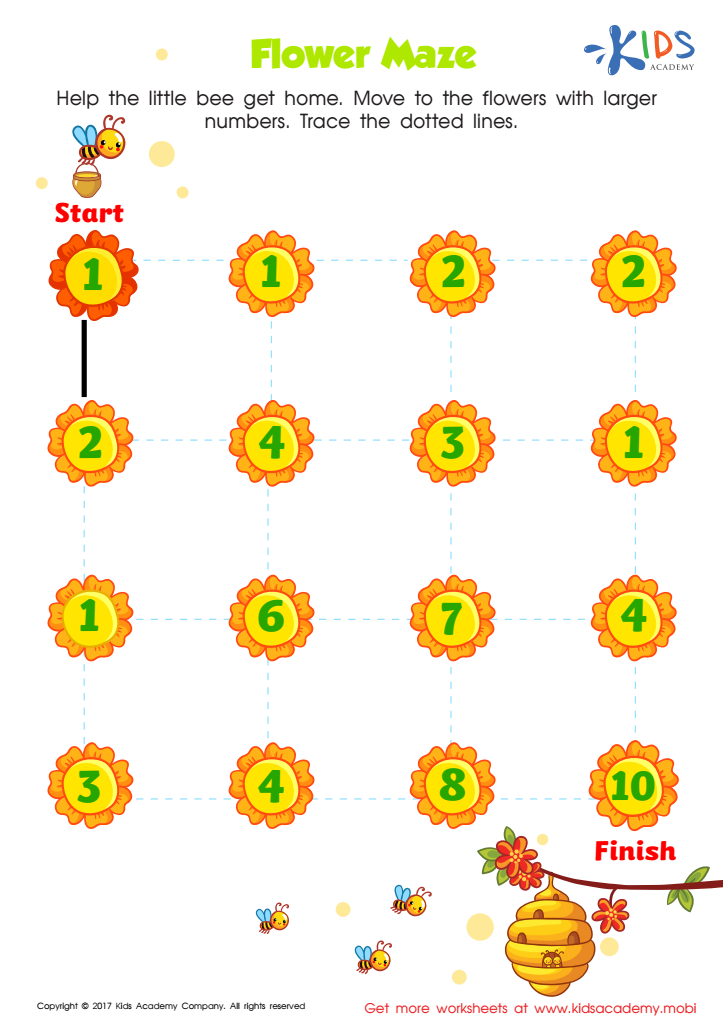

Number Maze For Kindergarten Printable
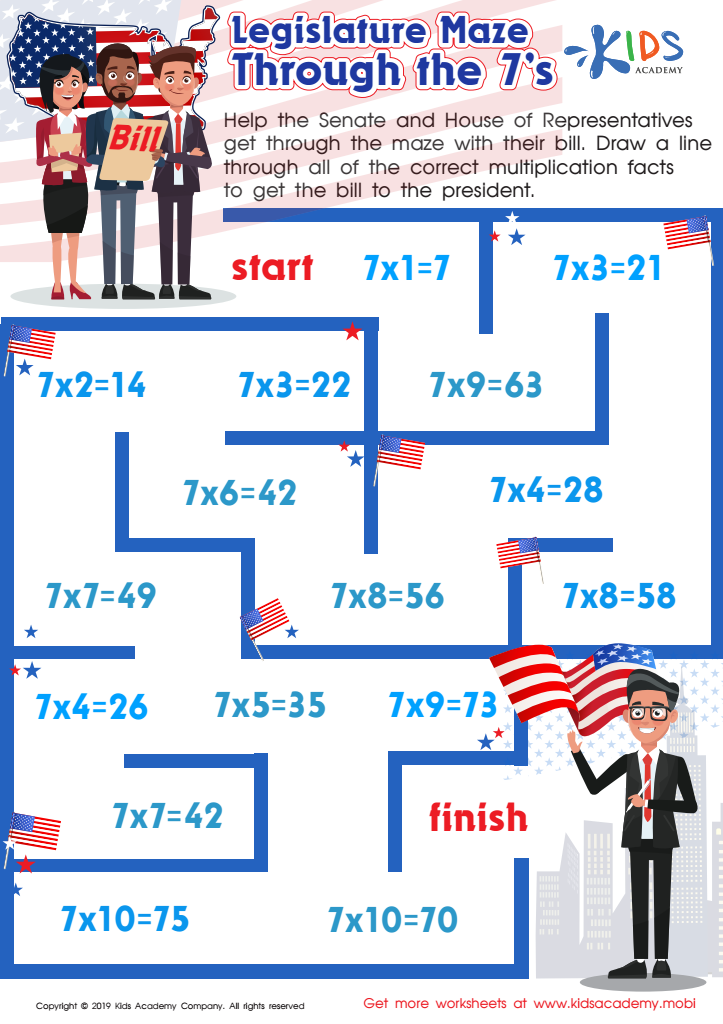

Legislature Maze Through the 7’s Worksheet
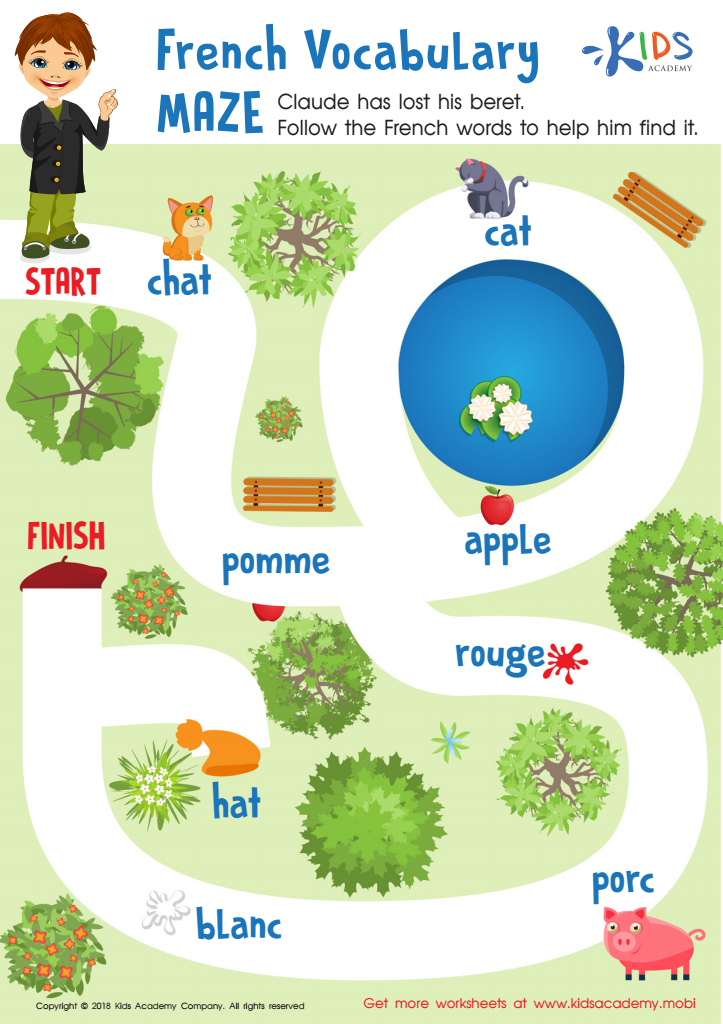

French Vocabulary Maze Worksheet
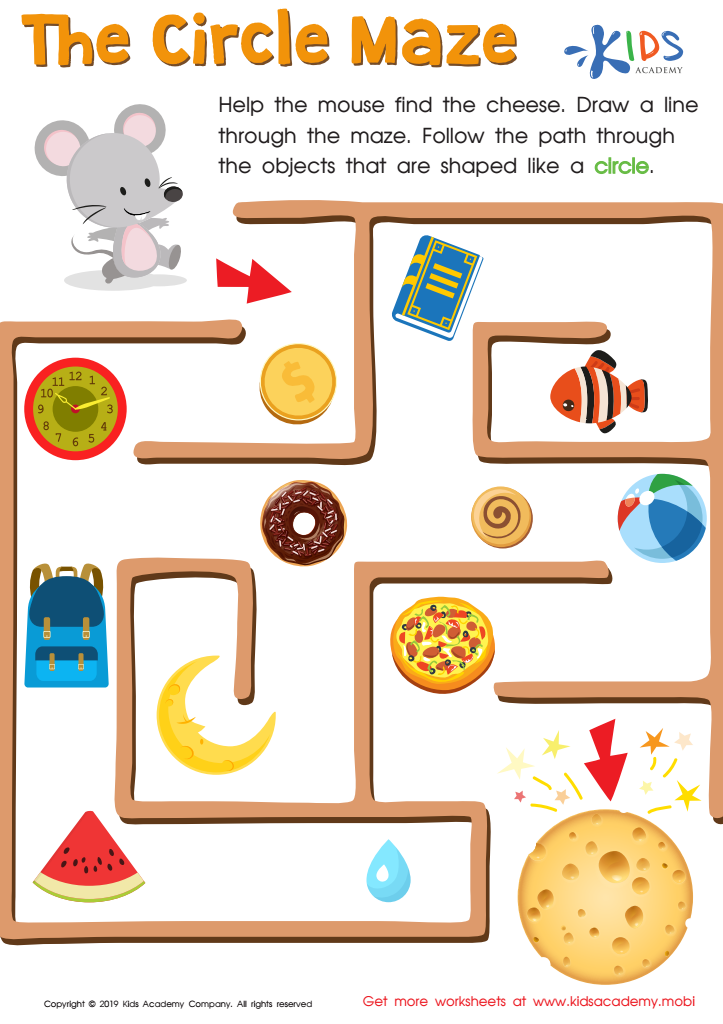

The Circle Maze Worksheet
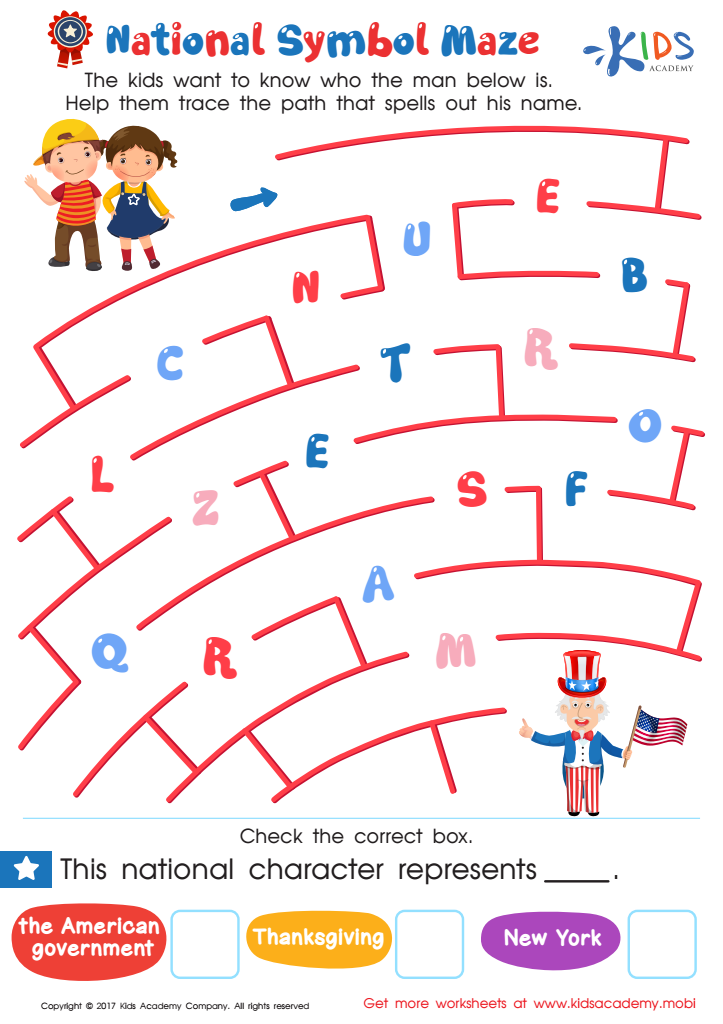

National Symbol Maze Worksheet
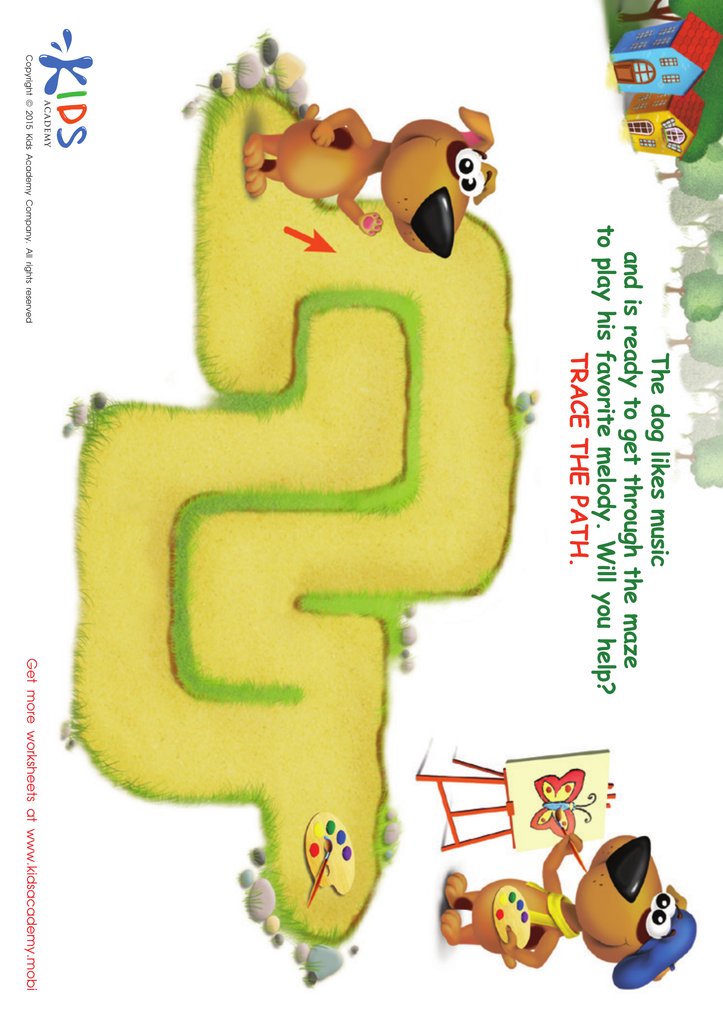

Artist Maze Worksheet
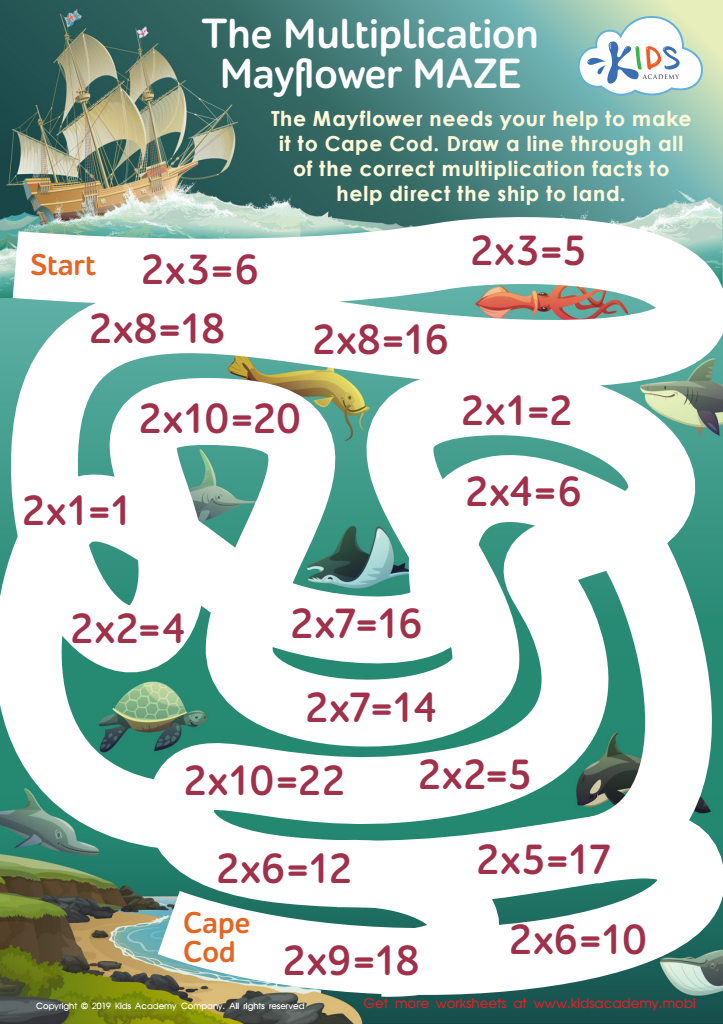

The Multiplication Mayflower Maze Worksheet
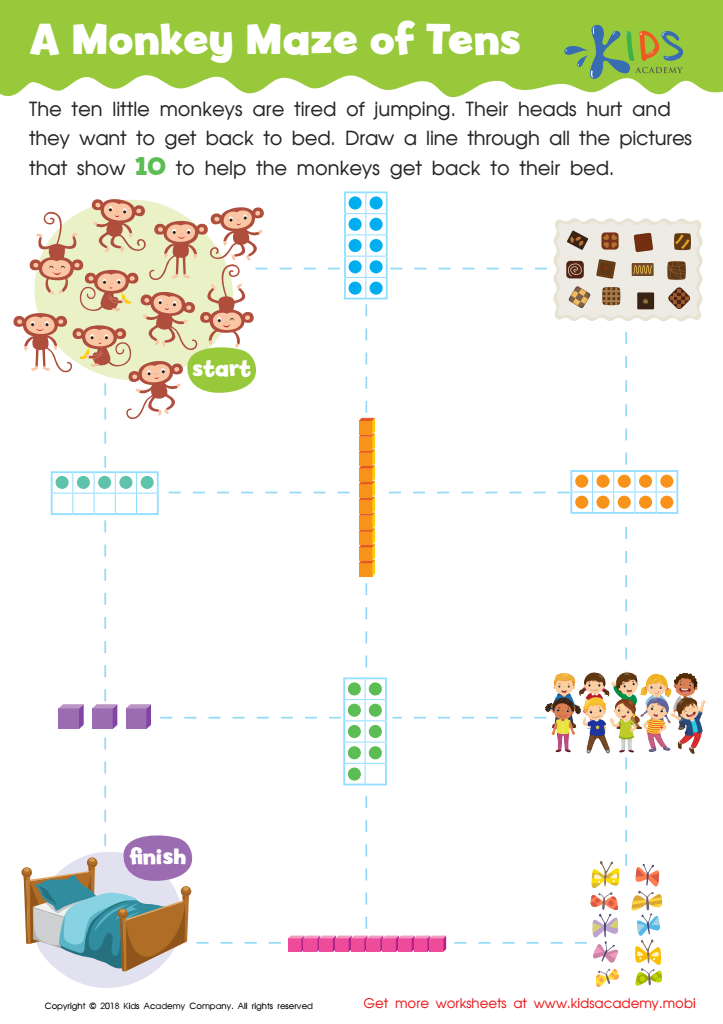

A Monkey Maze of Tens Worksheet
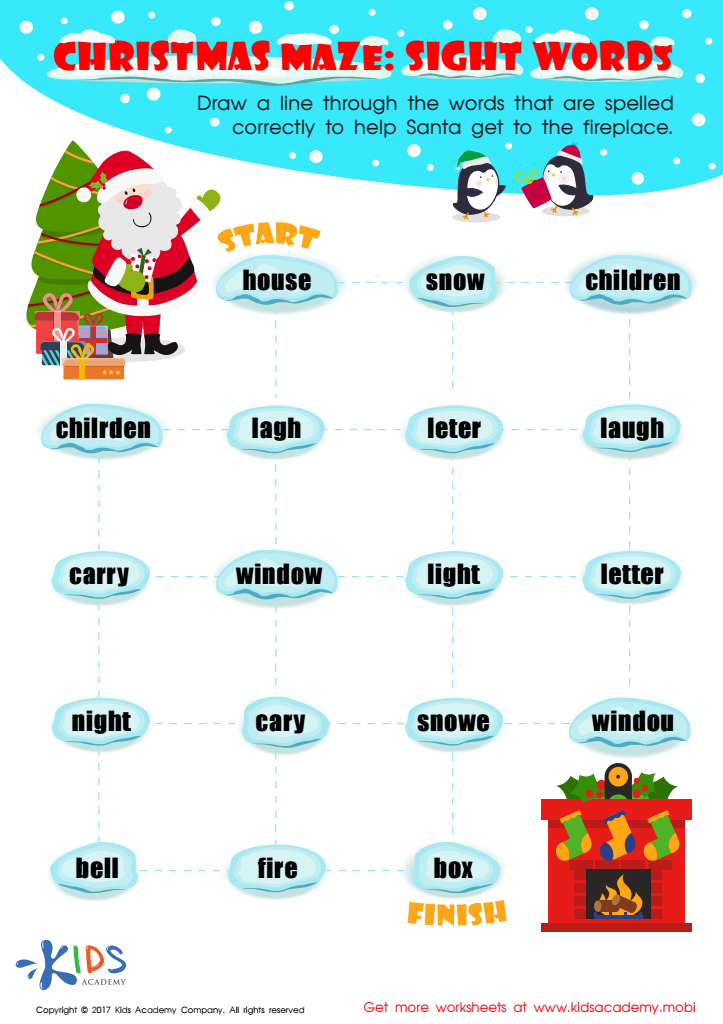

Sight Words Christmas Maze Printable
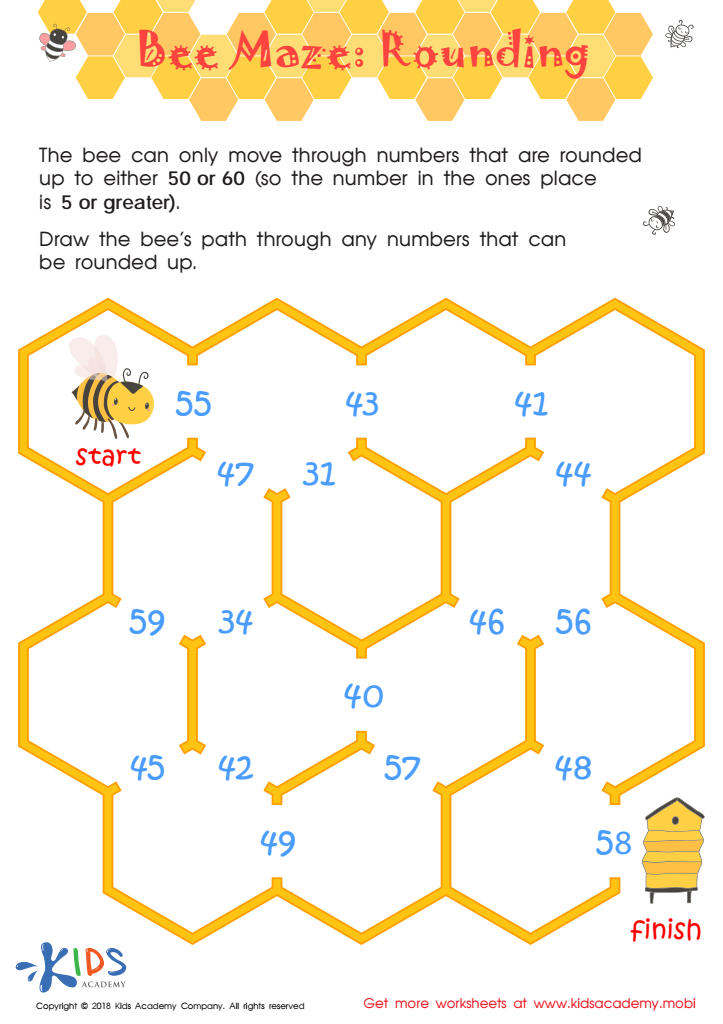

Bee Maze Rounding Worksheet
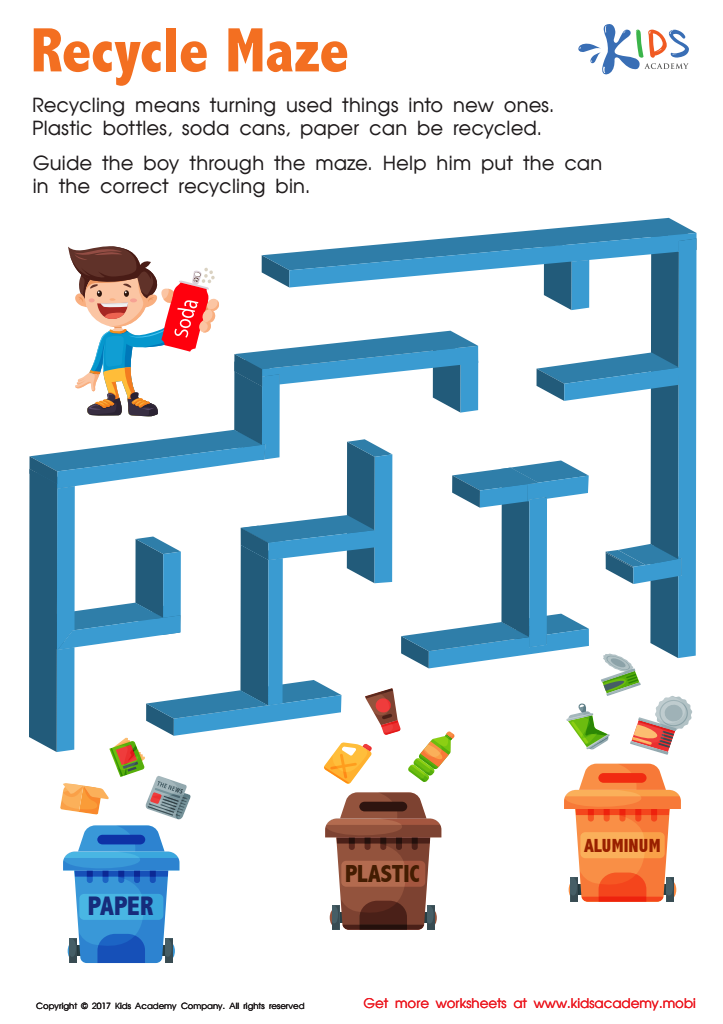

Recycle Maze Worksheet
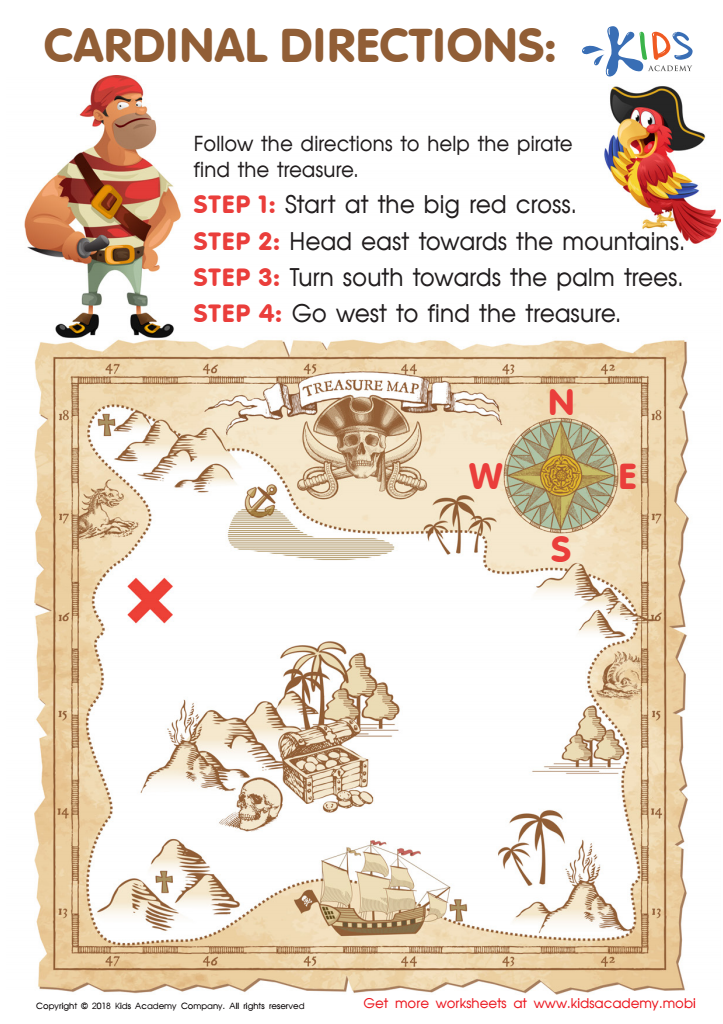

Cardinal Directions Treasure Map Maze Worksheet
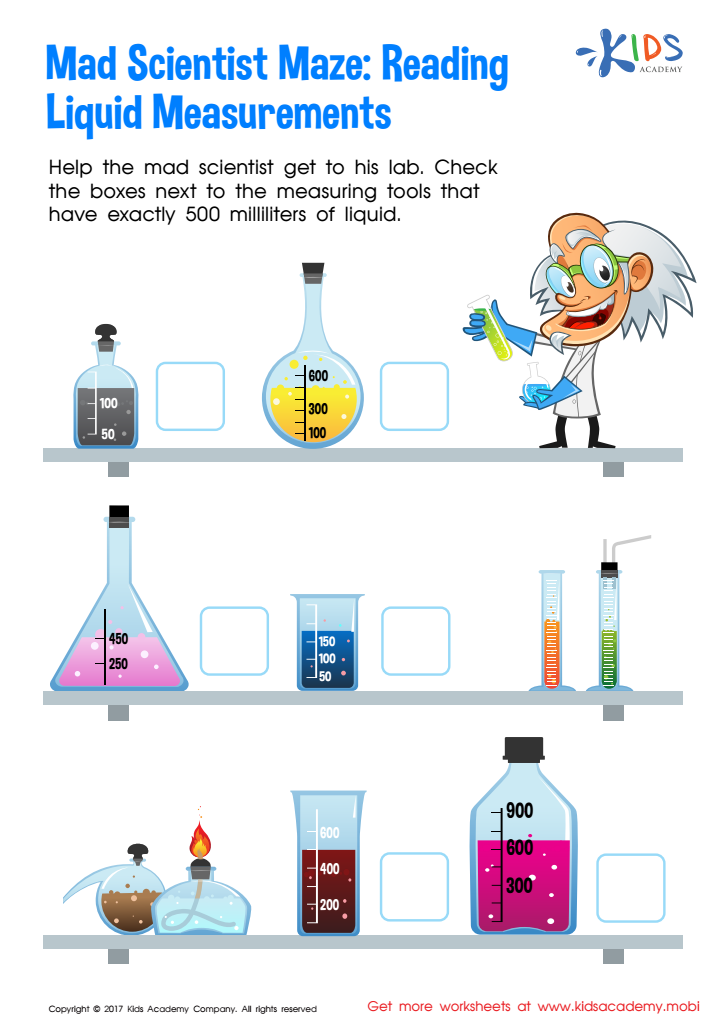

Reading Liquid Measurement Worksheet
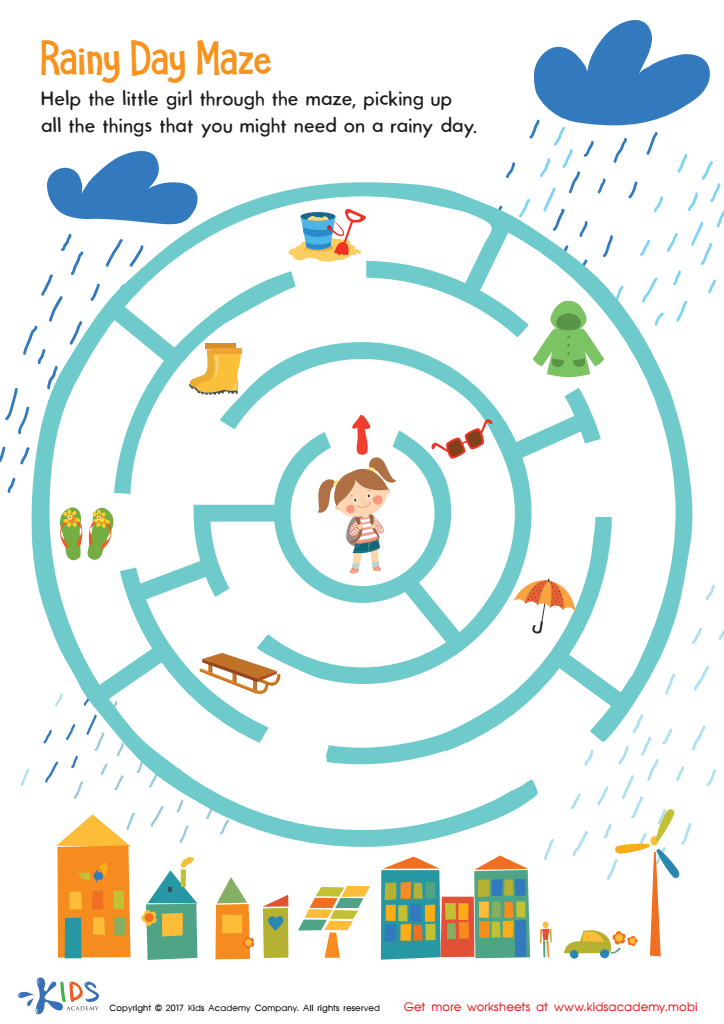

Rainy Day Maze Worksheet
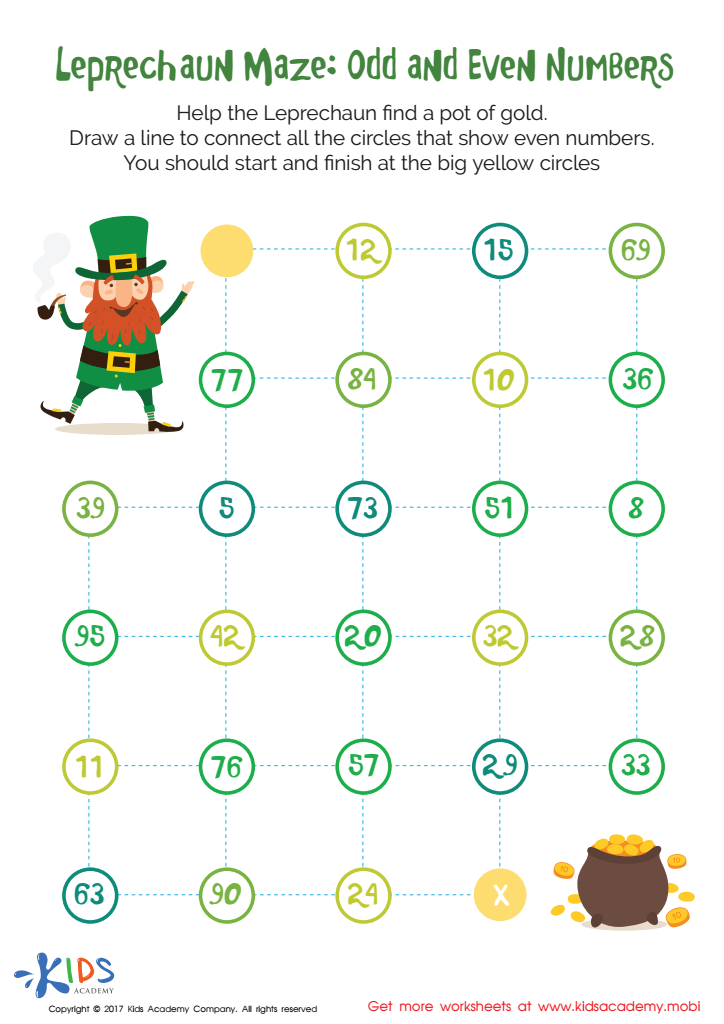

Leprechaun Maze Printable
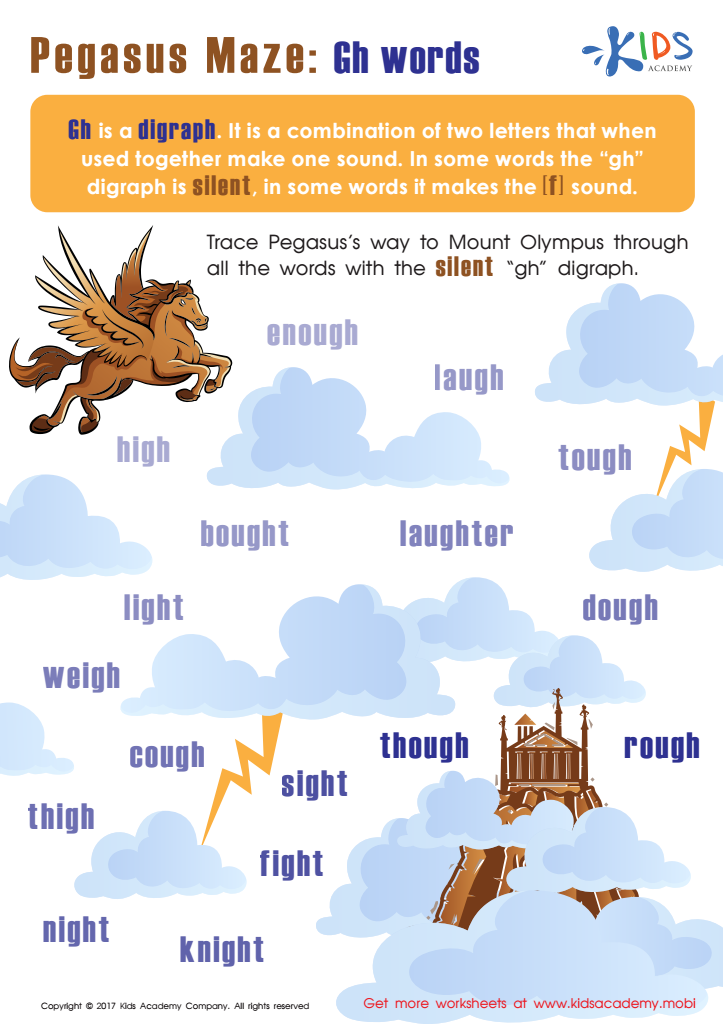

Pegasus Maze: GH Words Worksheet
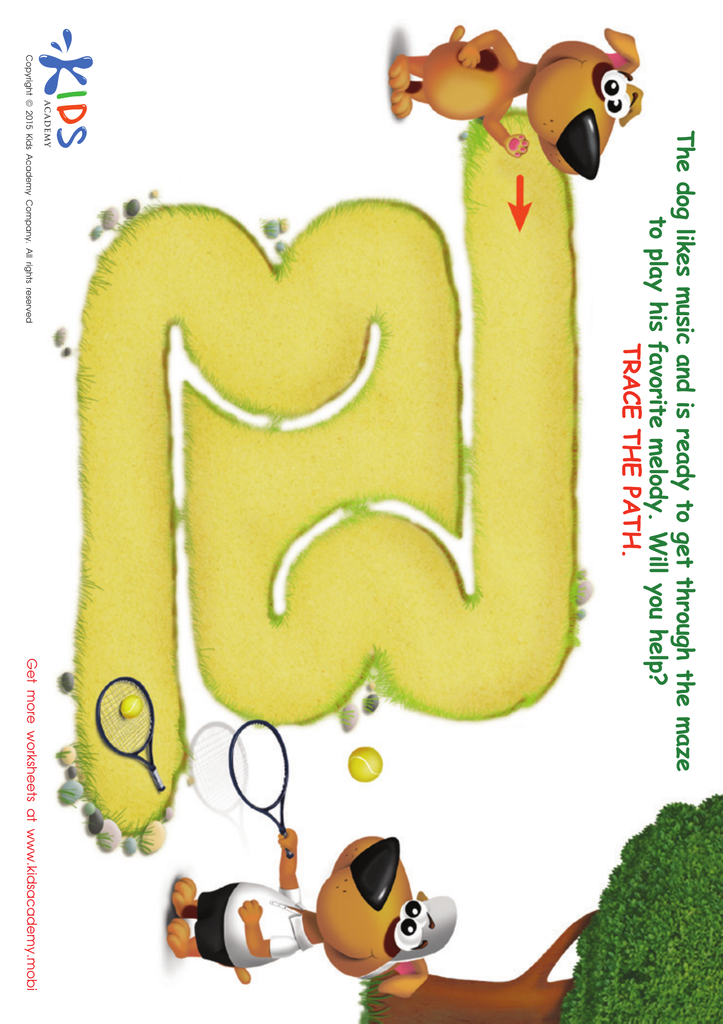

Tennis Player Maze Worksheet
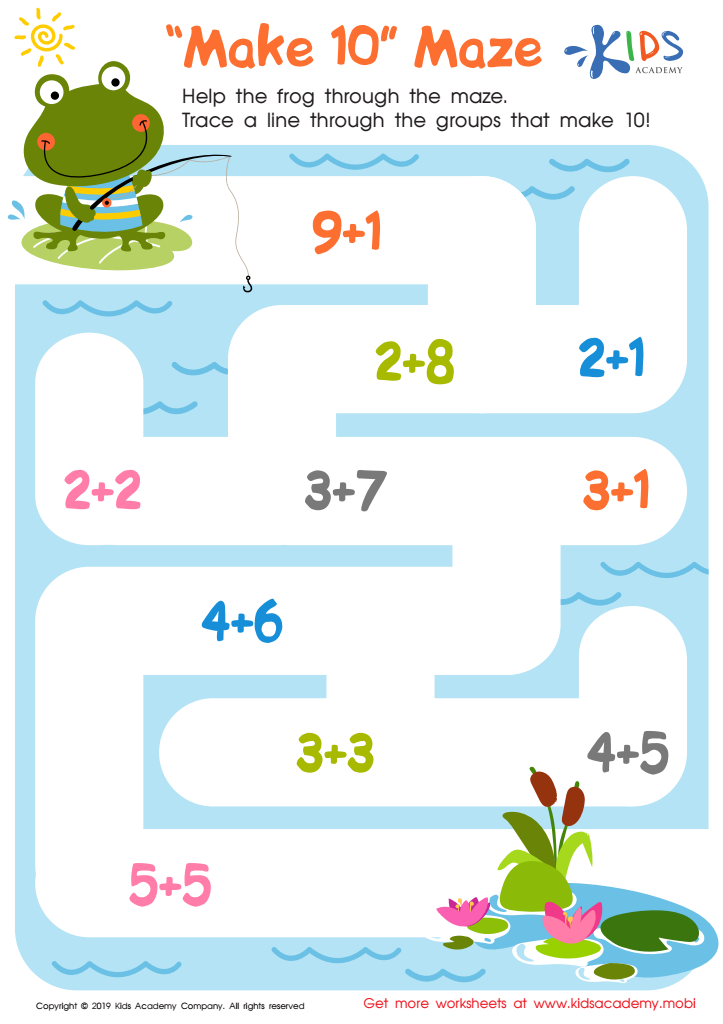

Make 10 Maze Worksheet
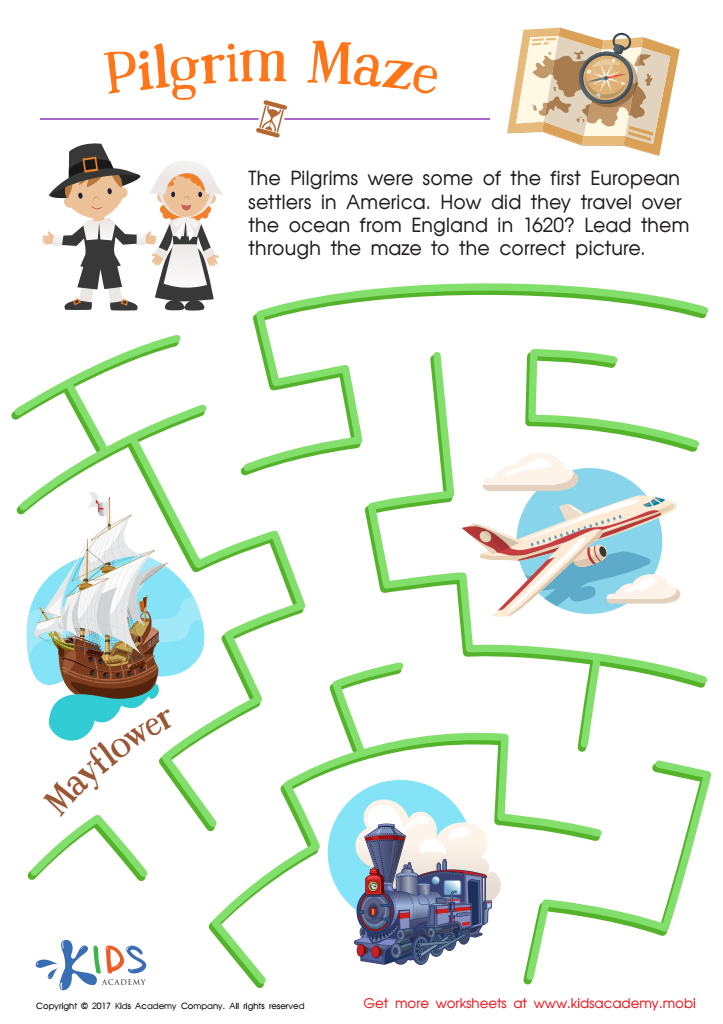

Pilgrim Maze Worksheet
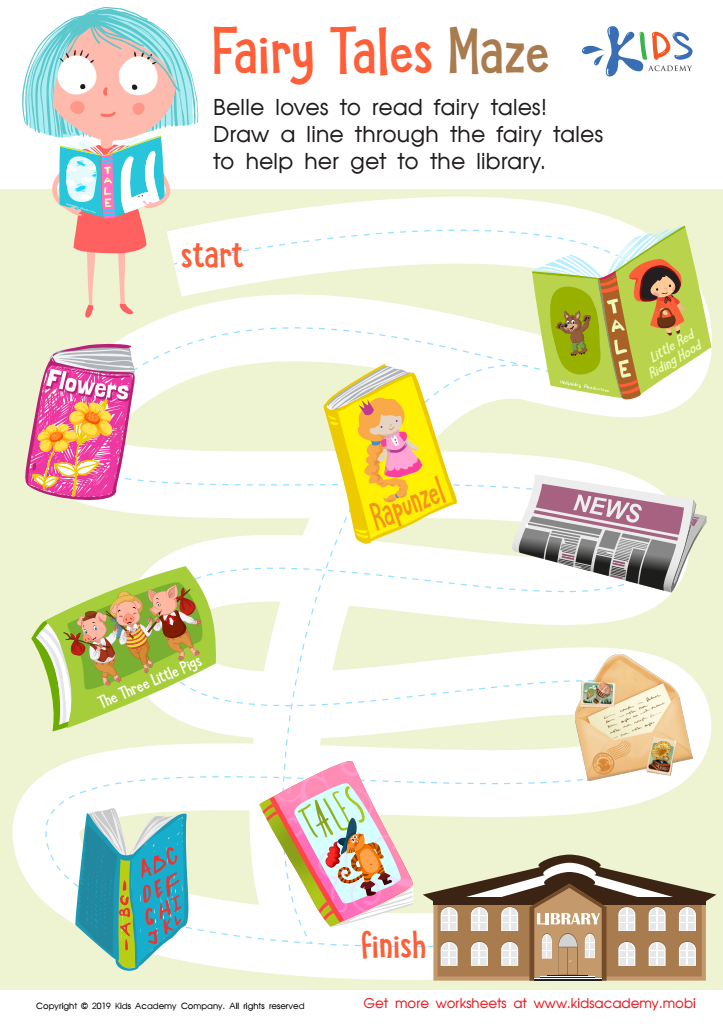

Fairy Tales Maze Worksheet
Mazes activities for children ages 3-8 offer significant cognitive, emotional, and developmental benefits, making them an excellent choice for both parents and teachers to incorporate into learning. Firstly, solving mazes enhances critical thinking and problem-solving skills. As children navigate through twists and turns, they learn to strategize and think logically, laying the groundwork for academic skills that are essential as they progress through school.
Additionally, mazes help improve fine motor skills. Using pens, crayons, or fingers to navigate pathways strengthens hand-eye coordination and dexterity, vital for writing and other classroom activities. These activities also promote focus and concentration. Children must pay attention to details, fostering the ability to concentrate on tasks over longer periods—an essential skill for academic success.
Moreover, solving mazes offers a sense of accomplishment, building self-esteem and resilience. When children complete a maze, they experience the satisfaction of overcoming a challenge, encouraging persistence in facing obstacles.
Finally, maze activities can be both fun and interactive, making them an engaging method to enhance learning. By incorporating mazes into educational activities, parents and teachers can provide a playful yet productive experience that supports the holistic development of children during these critical early years.

 Assign to My Students
Assign to My Students
